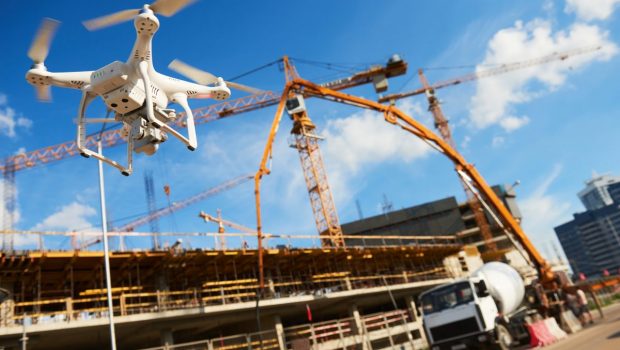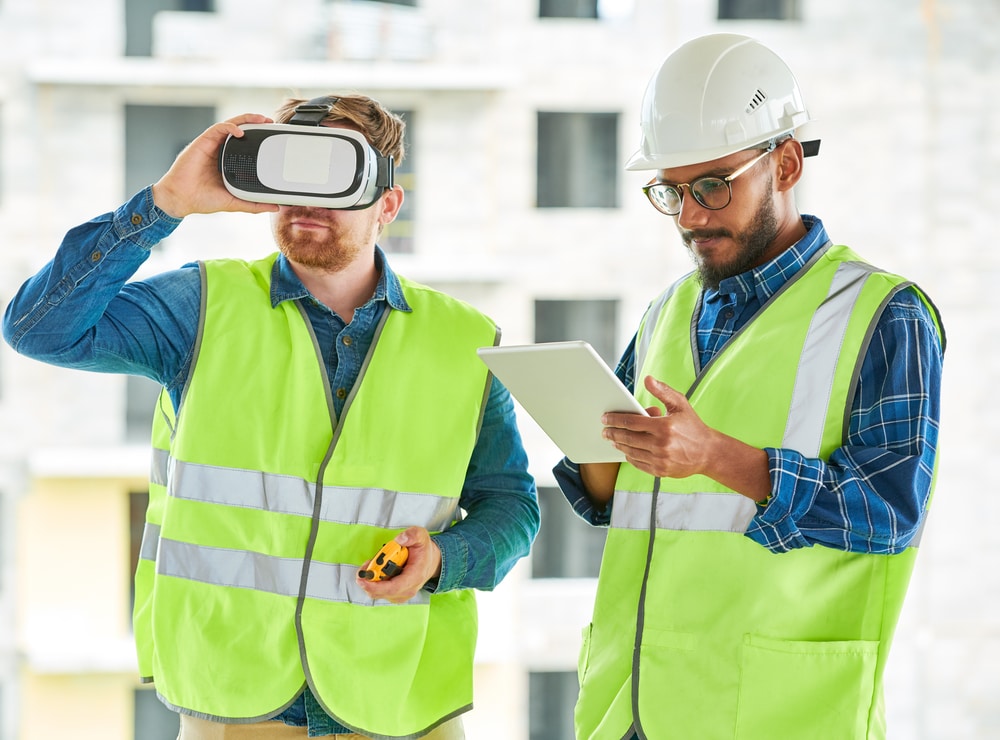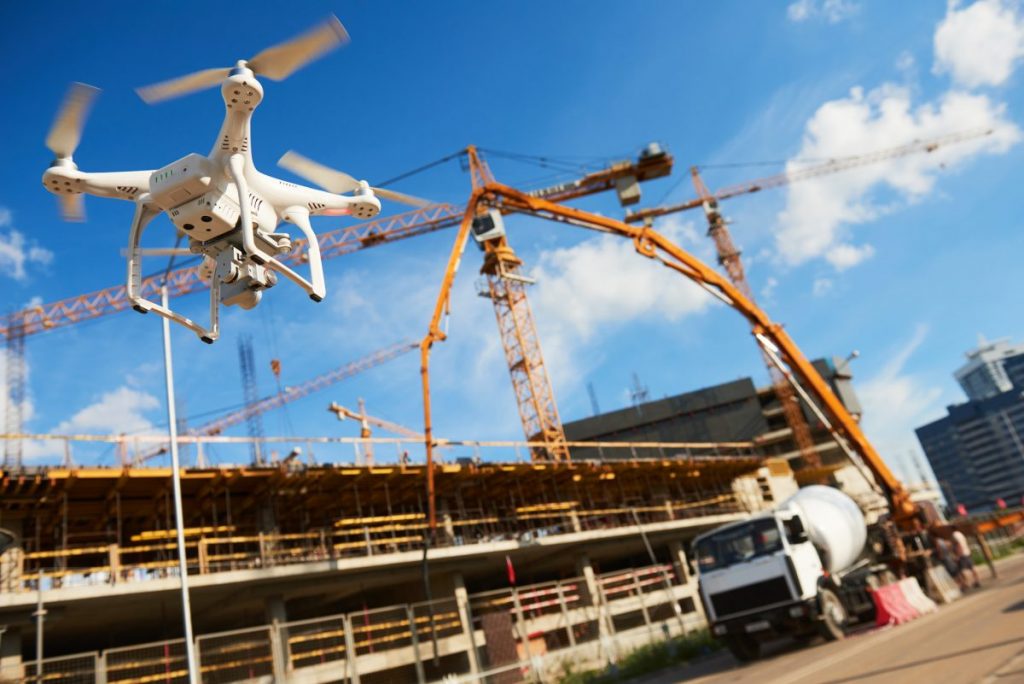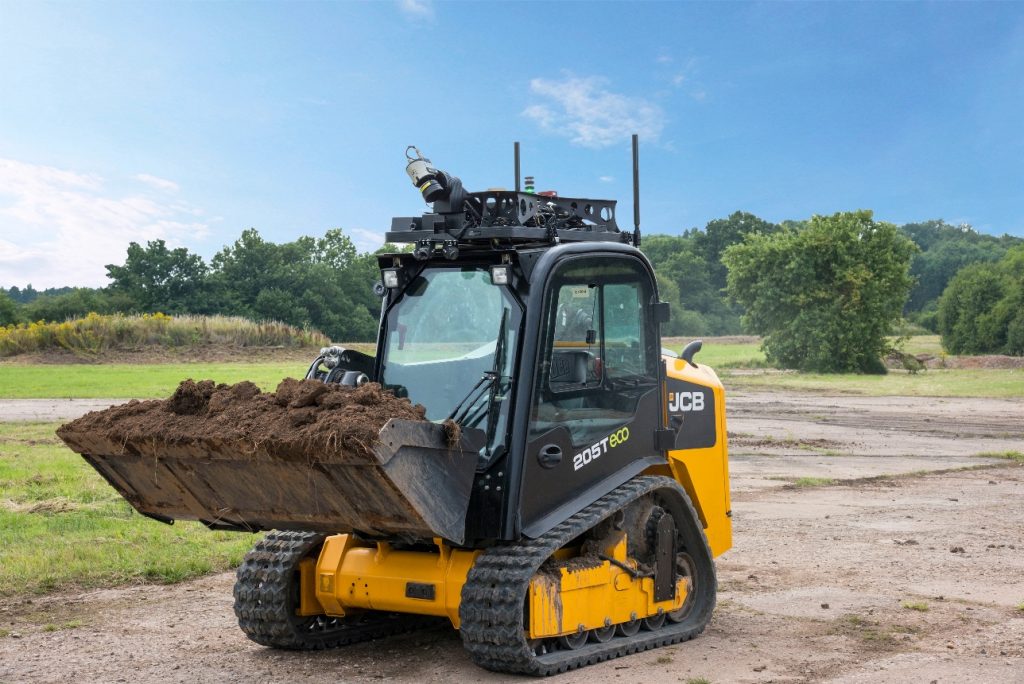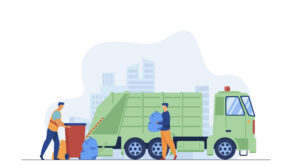6 Crucial Technologies for Construction Risk Management
Recently, technology in the construction industry has shifted from being an option to a necessity. While hiring skilled workers is essential in a construction project, technology is increasingly taking over the industry.
Construction firms are under pressure to deliver high-quality services and projects under restrictive schedules. For that reason, most firms have adopted the latest building technologies to remain competitive in the market.
Contractors are not only adopting the technologies to improve the efficiency and productivity of their operations but also to address the risk and safety concerns in construction sites.
Many cases of injuries and deaths are constantly occurring in construction sites. A study by the federal Occupation Safety & Health Administration (OSHA) revealed that 5,147 workers died on construction sites in 2017. Most of these deaths resulted from the ‘Fatal Four’ incidents: falls, struck by objects, electrocution, and caught-in/between.
The unprecedented increase in the number of fatalities in the construction industry necessitates the need for technology to improve safety. However, that does not dispute the fact that the organization structure of a construction project is essential.
That’s where technology can come in handy. Let us look at some of the top technologies that are crucial in construction risk management.
Wearables
Contractors consider wearable technologies as one of the best methods to promote safety on building sites. These digital devices provide real-time monitoring of construction workers. Such devices include hard hats, wrist bands, vests, and belt clips. Using the wearables, workers can get alerts of impending dangers.
The wearables also collect data that helps contractors and project managers to respond proactively to unsafe conditions within the construction sites. When used in coordination with safety zone mapping, these devices can inform the workers when moving into a danger zone. Construction managers can also receive these signals and take preventive measures to ensure the site’s safety.
The wearables on construction sites have another very useful feature. They can record the height and speed of a fall that occured on a jobsite. With that data, contractors can establish the possible cause of the fall and potentially prevent the same occurrence in the future.
Some personal wearables are advanced so that they can measure health conditions of workers, including the heart rate, perspiration, and body temperature. With that feature, these devices play a significant role in preventing health complications like stroke and fatigue.
Virtual Reality (VR)
Another technology that is transforming the safety aspect in the construction industry is virtual reality. As an advanced 3-D modeling technique, VR can provide detailed information on a building under construction.
Virtual reality can replicate the physical construction environment, allowing workers to develop simulations of tedious tasks in hazardous areas. Construction engineers can also use the software tool to review the design of a building for safety purposes.
In addition, virtual reality can present quality training modules for workers. With the VR, they can get insights into what they should expect on a real construction site. For instance, one can practice how to walk and perform tasks on steel beams that are several feet in the air. Therefore, VR can be widely used to avoid incidents on construction sites beforehand.
Atmospheric Sensors
Sensors that can detect and monitor the environmental conditions of a construction site play a significant role in promoting workers’ safety.
For instance, an atmospheric sensor can be used to measure the humidity of a construction site. If there are high amounts of moisture in the air, it can compromise the integrity of the building. For that reason, engineers must come up with measures to mitigate such risks.
Another application of atmospheric sensors is finding the moisture not only in the air, but also in the walls of the building. Engineers can place the sensors in between exterior and interior walls to get an idea about moisture levels in the walls. Too much moisture in the walls can promote mold growth and weaken the building.
Besides humidity, other atmospheric conditions that influence the working environments are noise and wind. Loud noises on the construction site may distract workers and hinder them from getting vital instructions. Excess winds, likewise, might sweep building materials and hurt the workers.
Luckily, with the help of atmospheric sensors, all these obstacles could be detected before it is too late.
Drones
While drones are widely used to collect data in construction sites, they can also provide safety solutions in hazardous areas. According to the USG + U.S. Chamber of Commerce Commercial Construction Index 2018 Q4, 60% of contractors expect to use drones in the next three years.
When it comes to safety, engineers can send drones to highly dangerous areas that pose harmful risks to human health. Assessing damages using drones is safer than sending workers to perform the assessment. The use of drones promotes construction efficiency and saves time.
Autonomous Vehicles
The use of self-driven vehicles in construction sites is becoming increasingly popular. It is an effective way to minimize injuries and fatalities in construction work zones.
The vehicles use advanced technology that automates operations, keeping the drivers away from fatal and high-risk situations. Adopting this technology in every construction site can save a lot of lives.
Exoskeletons
The technology was first applied in health care and is now widely used in construction sites. Exoskeletons multiply the mobility and strength of workers in harsh conditions. The workers use less energy to lift, move, and manipulate objects by strapping the exoskeleton suits onto their bodies.
Exoskeleton suits make objects feel lighter, reducing the pressure on the back. With the increased use of technology, cases of back injuries on construction sites have decreased tremendously. The exoskeleton suits also can improve the safety and productivity of construction workers by reducing muscle fatigue.
Final Words
Technological innovation is transforming the construction industry rapidly as many firms are adopting the latest building technologies. The importance and benefits of technology deployment on the jobsite cannot be overstated when it comes to managing the operations.
Construction managers, superintendents and project managers that are heavily involved in the management of the workflow at construction sites should stand at the forefront of adoption of tech in construction. You can learn more about the role of project management at jobsite in this article by Procore Technologies.
Following on this, the adoption of modern technologies in the construction field is deemed to be one of the key driving factors in the development of the construction industry. In fact, acquiring tech skills along with attracting new talent into the construction sector are named the two crucial factors that will shape the future of this industry, according to 74 percent of the participants of the World Economic Forum Annual Meeting 2018.

